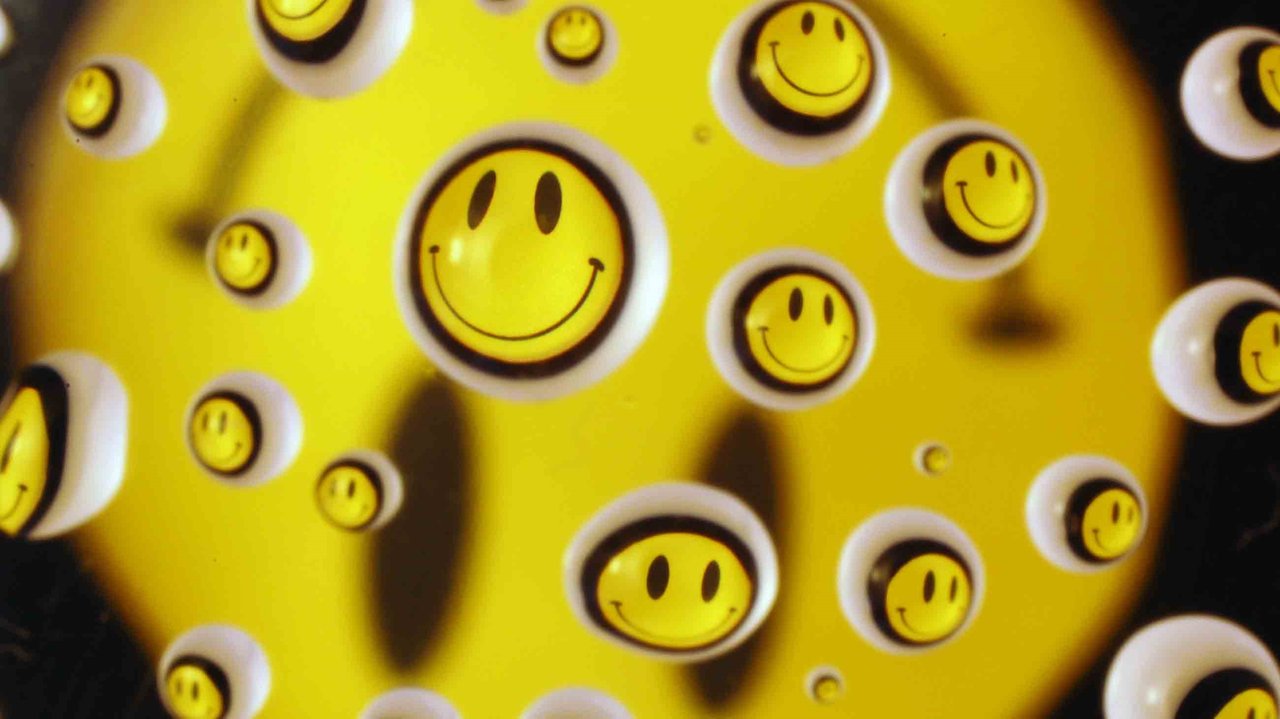 July 21 and What's to Come
July 21 and What's to Come

Understanding The Proposed Safe Harbor Threshold And How It Will Likely Affect The Remittance Rule Enforced By The Bureau Of Consumer Financial Protection

The Bureau of Consumer Financial Protection recently proposed some changes to the remittance rule as part of Regulation E. The changes will likely affect anyone that regularly makes international money transfers and companies that provide international remittance services. If you find yourself in that bracket, then you need to familiarize yourself with the proposed changes. Let's dive in and see how the proposed changes will affect remittance services and future activities.
What is Regulation E?
It is also known as The Electronic Fund Transfer Act (EFTA), and it is the legal framework that highlights the responsibilities and rights of parties involved in electronic fund transfer systems. The Bureau of Consumer Financial Protection implemented regulation E. It also establishes various protections for cross-border remittance.
The latest proposal pertains to a statutory exception through which insured institutions will be allowed to disclose estimates instead of exact amounts to clients. This exception will expire on July 21, but the Bureau of Consumer Financial Protection has proposed a change that will create a soft landing one the remittance rule expires. The proposal that has been tabled suggests increasing the safe harbor threshold.
How does the safe harbor threshold affect Regulation E?
In this case, the safe harbor threshold refers to the number of remittance transfers that a person can make in a year within the determined legal confines. Going beyond that limit raises some flags, which may lead to things like money laundering probes. Going beyond that limit legally requires remittance services is subject to higher compliance costs, especially for insured remittance providers.
The Bureau suggests increasing the safe harbor threshold, and this will be a huge advantage, especially to entities or businesses that conduct few remittance transfers every year. There are numerous amendments to the remittance rule that the Bureau has suggested. It suggested raising the current remittance transfer threshold from 100 transactions to 500 transactions a year.
The Bureau also proposed remittance rule changes that will ease the effect or impact of the expiration of statutory exception expiry. This particularly focuses on the expiry of the exception that lets insured institutions to reveal third-party fees exchange rate estimates to their customers rather than disclosing the actual amounts as noted earlier. The new proposal aims to introduce a permanent exception rather than one that expires.
Why the Bureau is focusing on the changes

Cross-border money transfer is vital for many reasons. It allows people working abroad send money to their families in their native countries. It also allows people working remotely to receive their pay. For example, a person may work for an organization in another country without having to travel. Another reason why cross-border transfers are important is that they enable the exchange of value and facilitate e-commerce.
The Bureau recognizes the value of such services and thus the focus on making such services available more conveniently. These are also the reasons why money service businesses (MSBs) exist. Banks, credit unions, and MSBs usually provide money transfer services to customers, but MSBs handle a majority of the remittance services, 95.5 percent in 2017, to be more specific.
Interestingly, the Bureau discovered that although banks and credit unions handle far fewer remittance transactions than MSBs, they handled larger amounts. Meanwhile, MSBs handed significantly more transactions, although each transaction is on average is of a small amount. This kind of information is playing a key role in guiding the Bureau's decision on how to structure the guidelines for cross-border transactions and remittance services.
Here’s why the proposed changes are important
There have been previous attempts to get the Bureau to waive the cost of compliance on smaller businesses in the remittance industry. However, those requests were turned down. The Bureau has instead entertained the idea of adjusting the exemptions so that it can provide some benefits, especially to smaller firms. For example, one of the proposed changes will increase the safe harbor threshold, thus allowing smaller firms to enjoy some exceptions.
This also means that smaller companies in the remittance space will get to enjoy some cost savings with the threshold lifted to 500 transactions. This means that they can make, on average 10 transactions per week. The Bureau also expects the increased safe harbor threshold will help avoid any issues resulting from the expiry of the temporary exemption.
The Bureau has also encouraged industry players to provide comments on the changes. These requests aim to help the Bureau come up with the best possible regulations that will help the industry move forward. The Bureau also believes that raising the threshold will also make EFTA's purpose clearer especially making it clear what being a remittance transfer provider means. Doing this will also help credit unions, and banks avoid facing additional or disproportionate cost by providing remittance services to their customers. Many banks handle between 100 and 500 transactions annually.
Any banks and credit unions are expected to benefit from the proposed safe harbor threshold increment. There have been some claims that some banks are no longer providing limited remittance due to the previously limited safe harbor threshold. The Bureau thus expects that raising the threshold will pave the way for the affected banks and other institutions affected to resume offering their services.
Will customers be exposed to risk?
The Bureau expects that raising the safe harbor threshold will lead to new firms qualifying for the exemption. New firms may not strictly adhere to the regulations or have the necessary security systems in place, thus leaving the consumer exposed. The Bureau is expected to help ensure that firms take the necessary measures to ensure that firms in the industry are compliant and that customers are adequately protected.

































